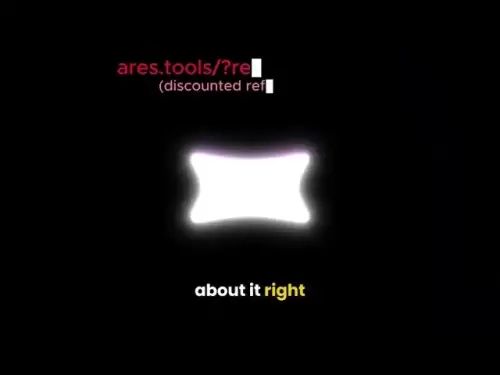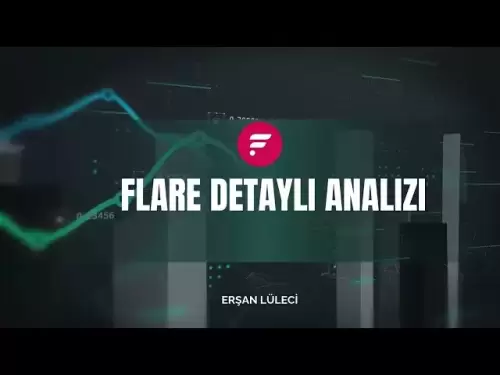-
 Bitcoin
Bitcoin $117500
2.04% -
 Ethereum
Ethereum $3759
3.02% -
 XRP
XRP $3.171
3.30% -
 Tether USDt
Tether USDt $1.000
0.03% -
 BNB
BNB $782.4
2.52% -
 Solana
Solana $187.2
5.62% -
 USDC
USDC $0.0000
0.02% -
 Dogecoin
Dogecoin $0.2380
5.26% -
 TRON
TRON $0.3175
1.07% -
 Cardano
Cardano $0.8227
4.03% -
 Hyperliquid
Hyperliquid $44.50
5.44% -
 Sui
Sui $4.020
10.07% -
 Stellar
Stellar $0.4396
6.28% -
 Chainlink
Chainlink $18.32
4.55% -
 Hedera
Hedera $0.2628
10.71% -
 Bitcoin Cash
Bitcoin Cash $554.8
4.90% -
 Avalanche
Avalanche $24.20
4.60% -
 Litecoin
Litecoin $113.7
2.31% -
 Shiba Inu
Shiba Inu $0.00001413
5.99% -
 UNUS SED LEO
UNUS SED LEO $8.984
0.11% -
 Toncoin
Toncoin $3.326
7.22% -
 Ethena USDe
Ethena USDe $1.001
0.00% -
 Uniswap
Uniswap $10.49
4.56% -
 Polkadot
Polkadot $4.092
4.02% -
 Monero
Monero $326.6
1.30% -
 Dai
Dai $1.000
-0.01% -
 Bitget Token
Bitget Token $4.570
2.49% -
 Pepe
Pepe $0.00001267
5.10% -
 Aave
Aave $297.3
3.10% -
 Cronos
Cronos $0.1344
4.10%
Does zero-knowledge proof require interaction? How to achieve non-interaction?
Zero-knowledge proofs allow proving statements without revealing extra info, using non-interactive methods like zk-SNARKs for efficient blockchain privacy.
May 17, 2025 at 01:36 pm
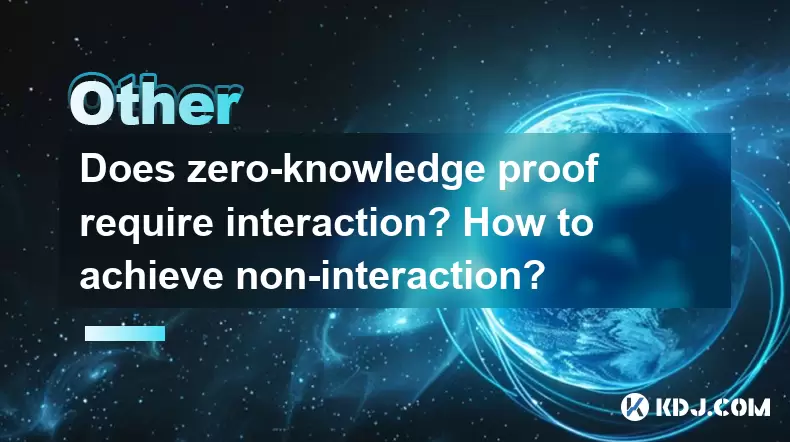
Introduction to Zero-Knowledge Proofs
Zero-knowledge proofs (ZKPs) are cryptographic protocols that allow one party, the prover, to prove to another party, the verifier, that a given statement is true without revealing any information beyond the validity of the statement itself. The concept of zero-knowledge proofs was introduced in the 1980s and has since become a cornerstone in the field of cryptography, particularly within the cryptocurrency ecosystem. One of the critical aspects of ZKPs is the requirement for interaction between the prover and the verifier. However, in many practical applications, especially in blockchain and cryptocurrency systems, non-interactive zero-knowledge proofs (NIZKPs) are preferred due to their efficiency and scalability.
The Need for Interaction in Traditional Zero-Knowledge Proofs
In traditional zero-knowledge proofs, interaction is a fundamental component. The prover and verifier engage in a series of exchanges where the prover responds to challenges posed by the verifier. This back-and-forth communication ensures that the verifier can be convinced of the truth of the statement without learning any additional information. For example, in the classic ZK-SNARKs (Zero-Knowledge Succinct Non-Interactive Arguments of Knowledge), the initial versions required multiple rounds of interaction to establish the proof's validity. This interaction is crucial because it allows the verifier to challenge the prover in different ways, ensuring that the prover cannot cheat by pre-computing responses.
Achieving Non-Interaction in Zero-Knowledge Proofs
To achieve non-interaction in zero-knowledge proofs, several techniques have been developed. The primary method involves the use of a common reference string (CRS), which is a publicly known random string that both the prover and verifier can access. The prover uses this string to generate a proof, and the verifier uses it to check the proof's validity. This approach eliminates the need for multiple rounds of interaction, as the proof can be generated and verified in a single step.
The Role of the Common Reference String
The common reference string plays a pivotal role in non-interactive zero-knowledge proofs. It is generated using a trusted setup process, where a group of participants collaborate to create the string. The security of the system relies on the assumption that at least one participant in the setup process is honest and does not reveal the secret information used to generate the CRS. Once the CRS is established, it can be used by any prover and verifier to generate and verify proofs without further interaction.
Implementing Non-Interactive Zero-Knowledge Proofs
To implement non-interactive zero-knowledge proofs, the following steps are typically followed:
- Generate the Common Reference String: A trusted setup is conducted to create the CRS. This involves multiple parties generating random values and combining them in a way that ensures the security of the system.
- Create the Proof: The prover uses the statement to be proven and the CRS to generate a proof. This proof is a succinct representation of the statement's validity.
- Verify the Proof: The verifier uses the same CRS and the proof provided by the prover to check the validity of the statement. If the proof is valid, the verifier is convinced of the statement's truth without learning any additional information.
Practical Applications in Cryptocurrencies
Non-interactive zero-knowledge proofs have found significant applications in the cryptocurrency space, particularly in privacy-focused cryptocurrencies like Zcash. Zcash uses zk-SNARKs to enable private transactions, where the sender, receiver, and amount are shielded from public view. The non-interactive nature of these proofs allows for efficient transaction processing on the blockchain, as nodes can verify the validity of transactions without needing to interact with the transacting parties.
Technical Details of zk-SNARKs
zk-SNARKs are a specific type of non-interactive zero-knowledge proof that is particularly well-suited for blockchain applications. They are succinct, meaning that the proof size and verification time are very small, making them efficient for use in resource-constrained environments like blockchains. The process of generating and verifying a zk-SNARK involves several complex mathematical operations, including elliptic curve pairings and polynomial commitments. These operations allow the prover to encode the statement in a way that can be efficiently verified by the verifier.
Challenges and Considerations
While non-interactive zero-knowledge proofs offer significant advantages, they also come with challenges. The trusted setup required for generating the common reference string is a potential point of vulnerability, as any compromise during this process could undermine the security of the entire system. Additionally, the computational complexity of generating and verifying proofs can be high, although ongoing research aims to improve the efficiency of these protocols.
Frequently Asked Questions
Q: Can zero-knowledge proofs be used for purposes other than privacy in cryptocurrencies?
A: Yes, zero-knowledge proofs have applications beyond privacy in cryptocurrencies. They can be used for identity verification, secure multi-party computation, and even in voting systems to ensure the integrity of the voting process without revealing individual votes.
Q: How does the security of non-interactive zero-knowledge proofs compare to interactive ones?
A: The security of non-interactive zero-knowledge proofs is generally considered to be as robust as interactive ones, provided that the common reference string is generated securely. The main difference lies in the efficiency and scalability, with non-interactive proofs being more suitable for large-scale applications.
Q: Are there any alternatives to the common reference string for achieving non-interaction?
A: Yes, there are alternatives such as random oracles and knowledge of exponent assumptions. These methods can also be used to achieve non-interaction, but they come with their own set of assumptions and security considerations.
Q: How do zero-knowledge proofs impact the scalability of blockchain networks?
A: Zero-knowledge proofs can significantly enhance the scalability of blockchain networks by reducing the amount of data that needs to be stored and verified on the blockchain. This is particularly beneficial for privacy-focused cryptocurrencies, where the proofs can be succinct and efficient, allowing for faster transaction processing and lower storage requirements.
Disclaimer:info@kdj.com
The information provided is not trading advice. kdj.com does not assume any responsibility for any investments made based on the information provided in this article. Cryptocurrencies are highly volatile and it is highly recommended that you invest with caution after thorough research!
If you believe that the content used on this website infringes your copyright, please contact us immediately (info@kdj.com) and we will delete it promptly.
- Dogecoin Trajectory: From Meme to Mainstream and Beyond in Crypto
- 2025-07-26 17:10:14
- LasMeta, Pyth Network, NovaDrop NFTs: Decoding the Buzz
- 2025-07-26 16:30:12
- VeChain (VET) Price Prediction: Will VET Reach $0.040 in August 2025?
- 2025-07-26 16:50:12
- CAKE Price Surges: PancakeSwap's Bullish Momentum Analyzed
- 2025-07-26 16:50:12
- AAVE Price Check: $50B TVL Party vs. Bearish Buzzkills
- 2025-07-26 17:15:29
- Internet Computer (ICP): Riding the Waves of Altcoin Selloff - A NY Perspective
- 2025-07-26 17:20:12
Related knowledge
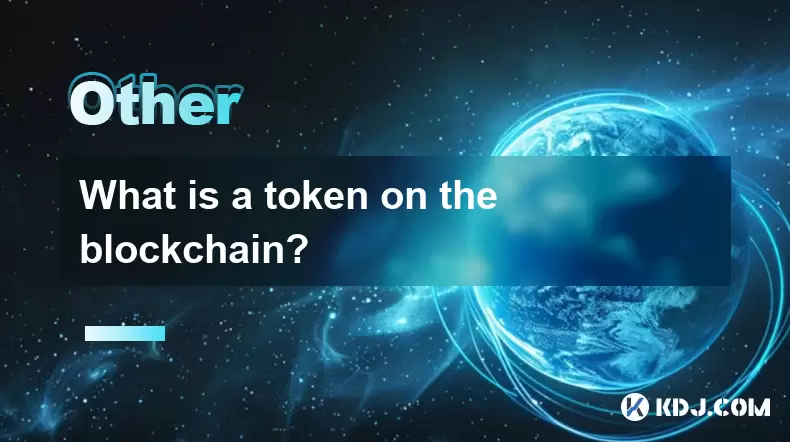
What is a token on the blockchain?
Jul 21,2025 at 07:00am
Understanding the Concept of a TokenIn the realm of blockchain technology, a token is a digital representation of an asset or utility that exists on a...
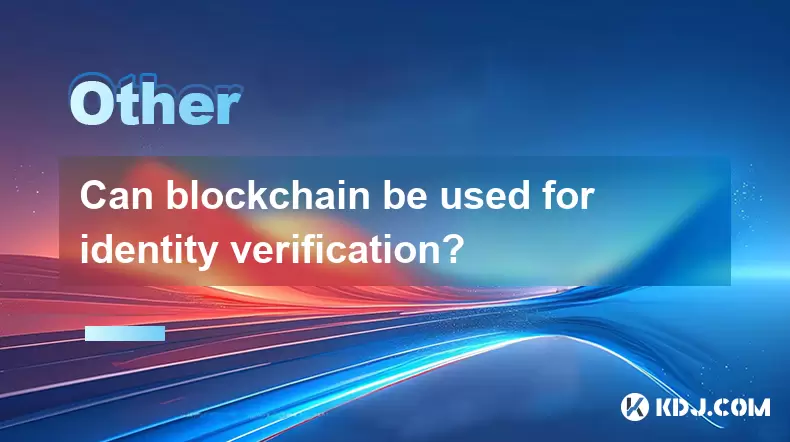
Can blockchain be used for identity verification?
Jul 18,2025 at 02:14pm
Understanding Identity Verification in the Digital AgeIn the modern digital landscape, identity verification has become a critical component for ensur...
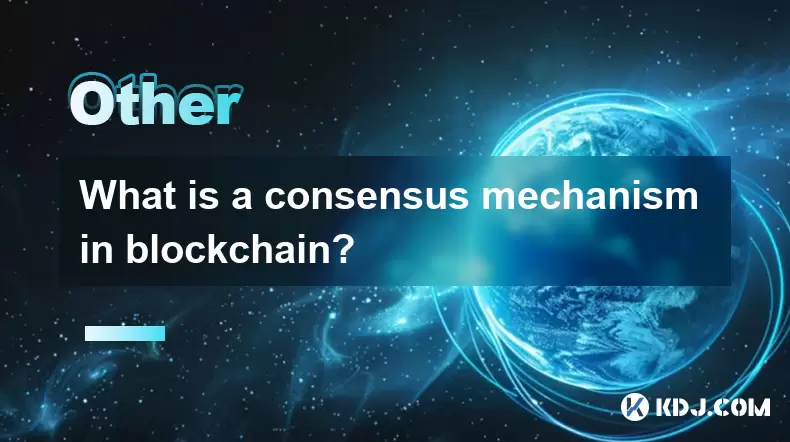
What is a consensus mechanism in blockchain?
Jul 21,2025 at 03:01am
Understanding the Basics of Consensus MechanismsA consensus mechanism is a critical component of any blockchain network. It refers to the process by w...
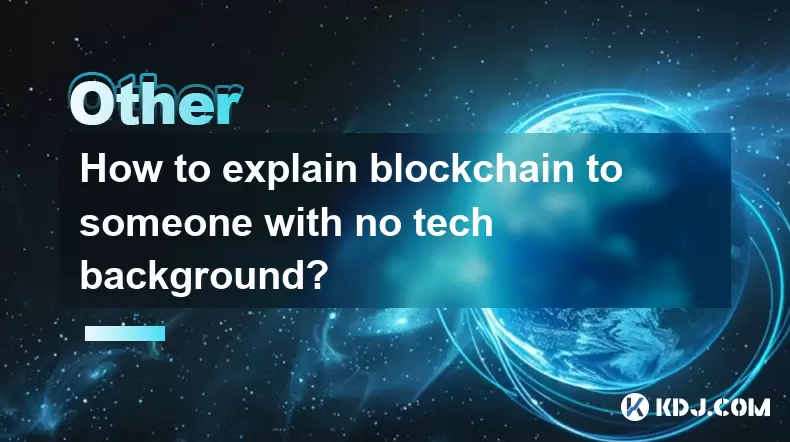
How to explain blockchain to someone with no tech background?
Jul 18,2025 at 11:08pm
Understanding the Basics of BlockchainTo explain blockchain to someone with no tech background, it's essential to start with simple analogies and avoi...
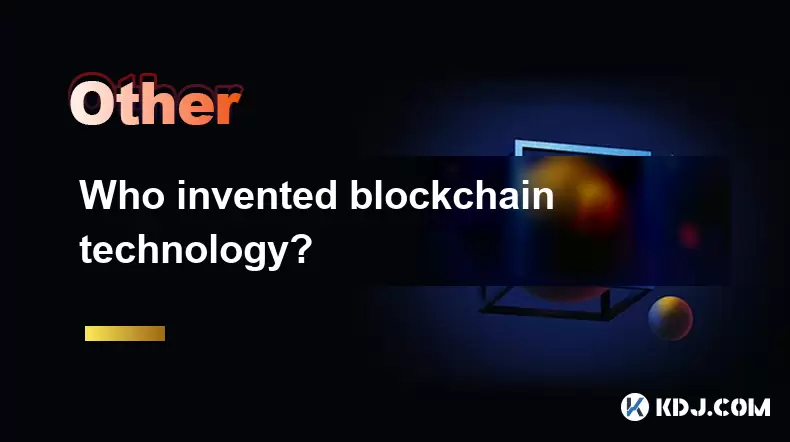
Who invented blockchain technology?
Jul 23,2025 at 01:28am
Origins of Blockchain TechnologyBlockchain technology did not emerge from a single inventor or institution. Instead, it evolved through a series of ac...
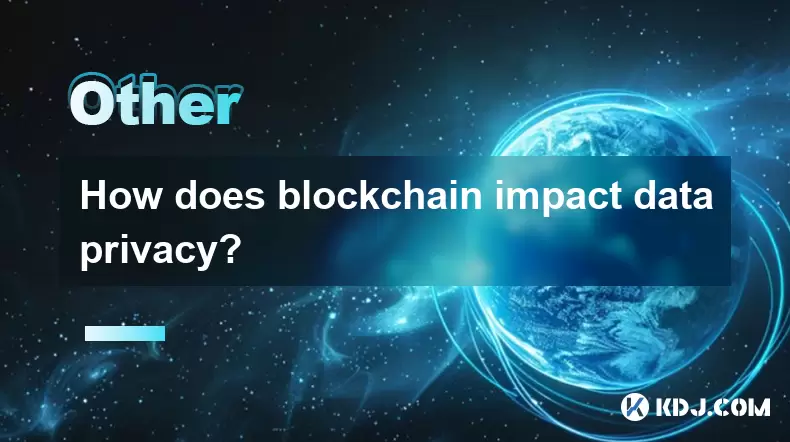
How does blockchain impact data privacy?
Jul 21,2025 at 02:21pm
Understanding the Role of Blockchain in Data PrivacyBlockchain technology, originally developed as the underlying infrastructure for cryptocurrencies ...

What is a token on the blockchain?
Jul 21,2025 at 07:00am
Understanding the Concept of a TokenIn the realm of blockchain technology, a token is a digital representation of an asset or utility that exists on a...

Can blockchain be used for identity verification?
Jul 18,2025 at 02:14pm
Understanding Identity Verification in the Digital AgeIn the modern digital landscape, identity verification has become a critical component for ensur...

What is a consensus mechanism in blockchain?
Jul 21,2025 at 03:01am
Understanding the Basics of Consensus MechanismsA consensus mechanism is a critical component of any blockchain network. It refers to the process by w...

How to explain blockchain to someone with no tech background?
Jul 18,2025 at 11:08pm
Understanding the Basics of BlockchainTo explain blockchain to someone with no tech background, it's essential to start with simple analogies and avoi...

Who invented blockchain technology?
Jul 23,2025 at 01:28am
Origins of Blockchain TechnologyBlockchain technology did not emerge from a single inventor or institution. Instead, it evolved through a series of ac...

How does blockchain impact data privacy?
Jul 21,2025 at 02:21pm
Understanding the Role of Blockchain in Data PrivacyBlockchain technology, originally developed as the underlying infrastructure for cryptocurrencies ...
See all articles





















